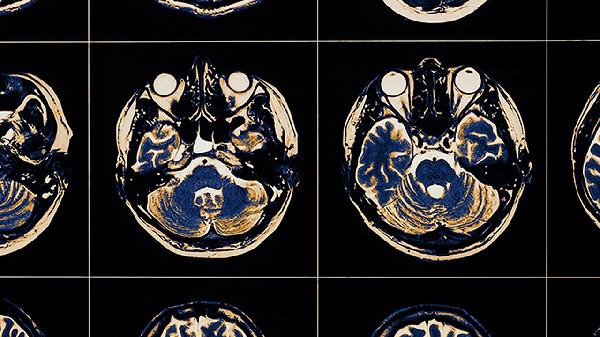Trauma-informed fitness isn't just another wellness buzzword—it's a revolutionary approach that bridges the gap between physical training and mental health recovery. Unlike traditional workouts that push you to "no pain, no gain," trauma-informed practices prioritize safety, choice, and body awareness to help survivors rebuild strength without retraumatization. Whether you're healing from PTSD, chronic stress, or past injuries, this method flips the script on exercise by making the gym (or living room) a space for empowerment, not endurance tests. Let's break down why trainers and therapists alike are calling it the future of holistic health.
The Science Behind Trauma and the Body
When trauma occurs, the body often holds onto it in ways that disrupt nervous system function. You might notice tension in your shoulders, a clenched jaw, or even dissociation during certain movements—all signs that your brain has tagged exercise as a potential threat. Trauma-informed fitness draws from polyvagal theory and somatic experiencing to rewire these responses. Instead of forcing burpees until you collapse, sessions focus on grounding techniques, breathwork, and progressive exposure to movement. Research shows this approach lowers cortisol levels while improving proprioception (your body's internal GPS), making it a game-changer for survivors stuck in fight-or-flight mode.
Key Principles of Trauma-Informed Workouts
Forget rigid reps and yelling coaches. These five pillars redefine what "effective" exercise looks like: 1、Autonomy: You control the intensity—no pressure to keep up with the group. 2、Predictability: Clear explanations before each exercise to avoid triggering surprises. 3、Mind-Body Connection: Movements like yoga or tai chi emphasize awareness over reps. 4、Safe Space Design: Studios use dim lighting or private zones for those uneasy in crowds. 5、Trauma-Sensitive Cueing: Instructors avoid phrases like "push through it" in favor of "check in with what feels right." Bonus? These tweaks benefit everyone, not just trauma survivors—because who actually enjoys being barked at during plank holds?
Real-World Applications: From Gym Floors to Therapy Offices
Forward-thinking trainers are ditching bootcamp tactics for techniques like "titration"—breaking movements into micro-steps so clients can build confidence. Example: Instead of a full squat, you might start by simply standing up from a chair mindfully. Therapists also collaborate with fitness pros to design programs for clients with PTSD; studies note a 30% faster reduction in flashbacks when cardio is paired with somatic therapy. Even group classes are evolving—look for "sensory-friendly" cycling sessions or strength training with optional touch adjustments for those wary of hands-on corrections.
Your Starter Guide to Trauma-Informed Movement
Ready to dip a toe in? Try these low-stakes entry points:
Trauma-informed fitness isn't about lowering standards—it's about meeting people where they are. By blending neuroscience with compassion, this movement proves that healing can happen one rep (or one deep breath) at a time. As more studios adopt these practices, we're witnessing a cultural shift: fitness isn't just about sculpting muscles anymore; it's about reclaiming agency over the vessel that carries you through life. Now that's what we call gains.
























